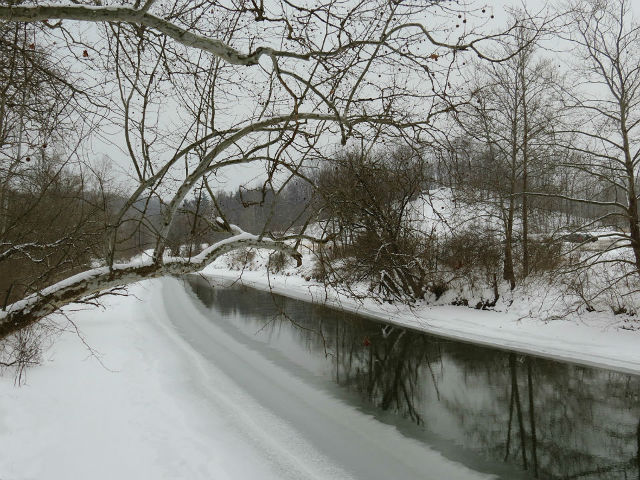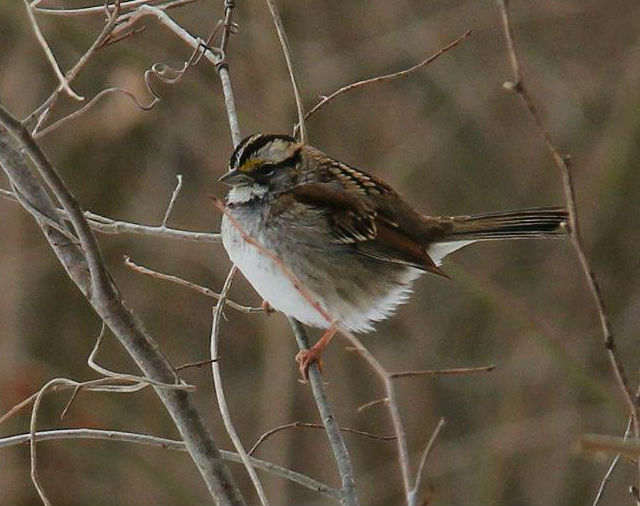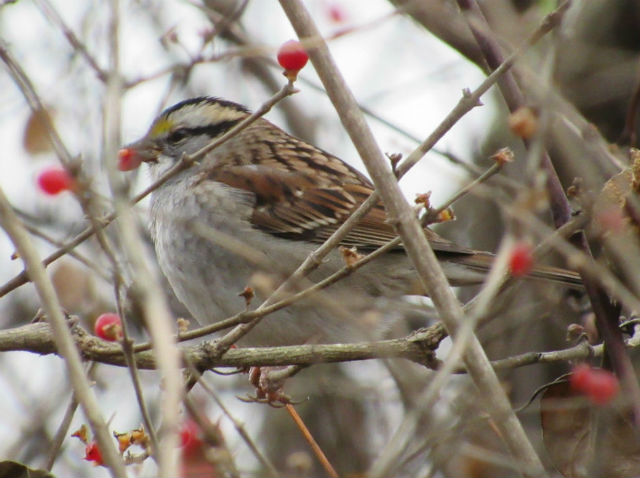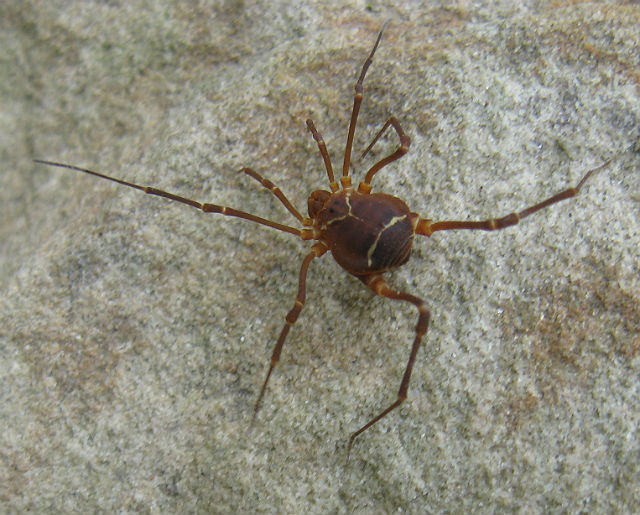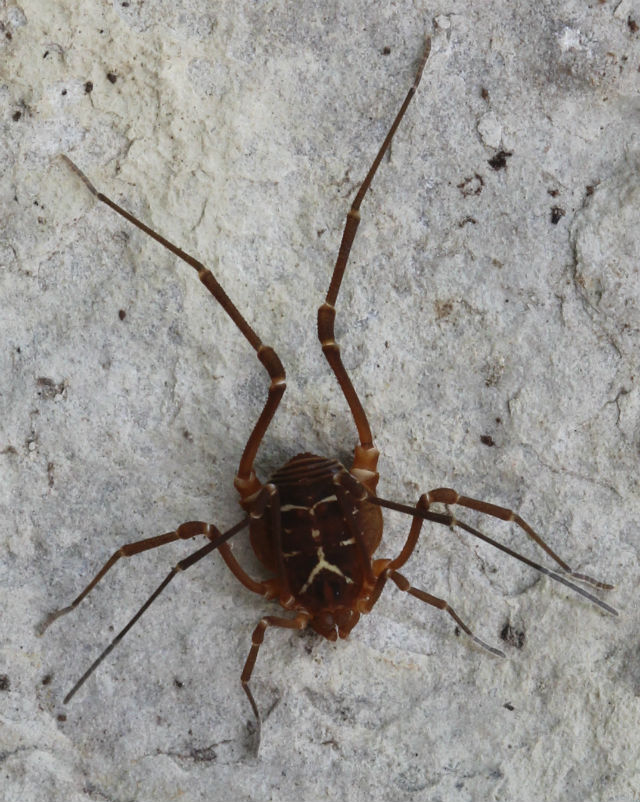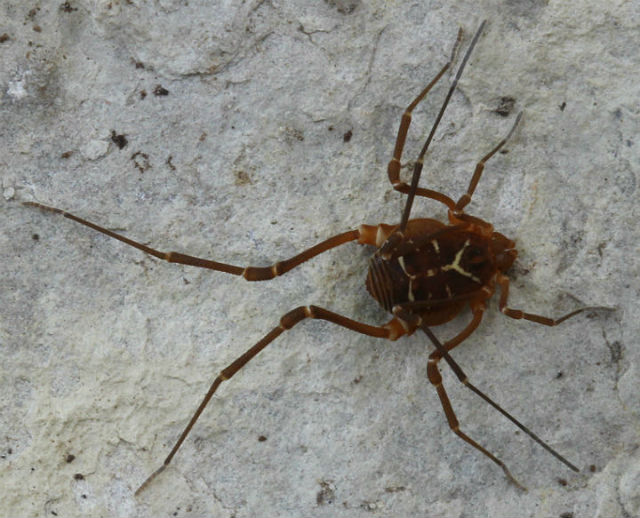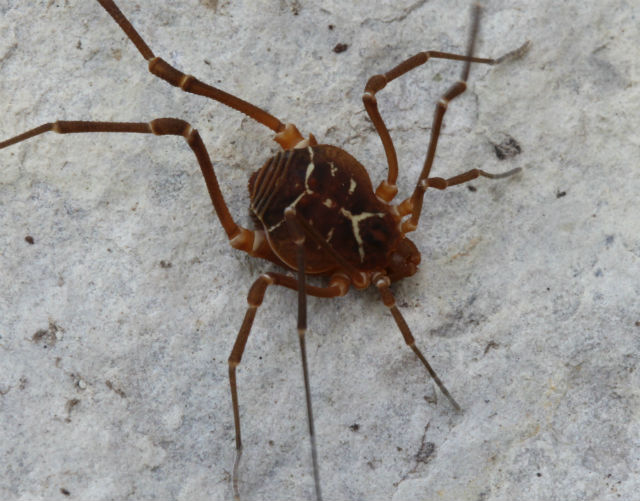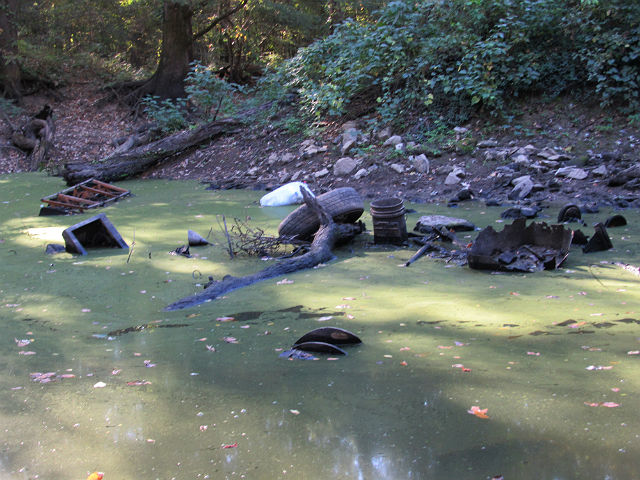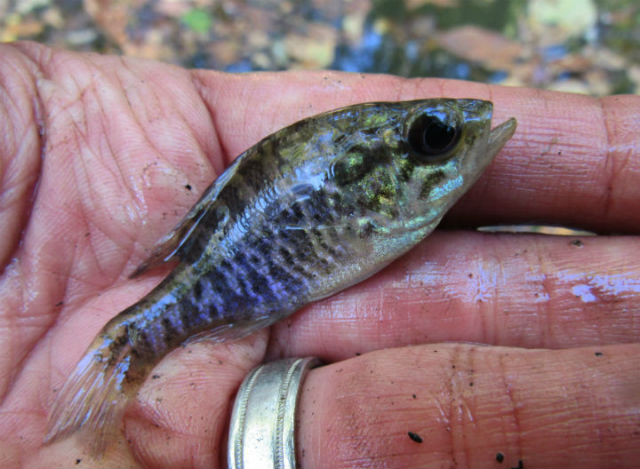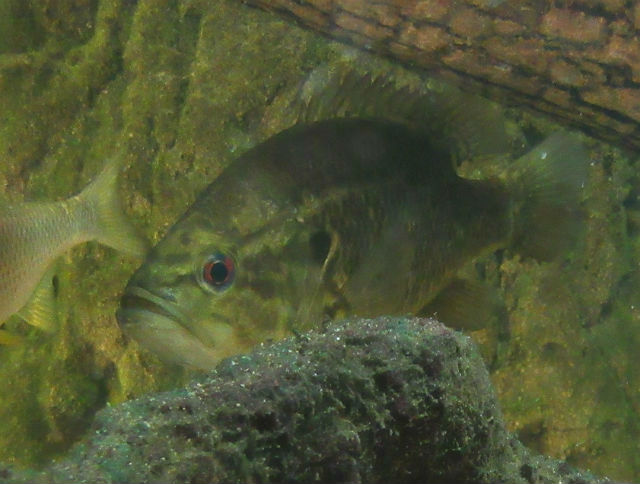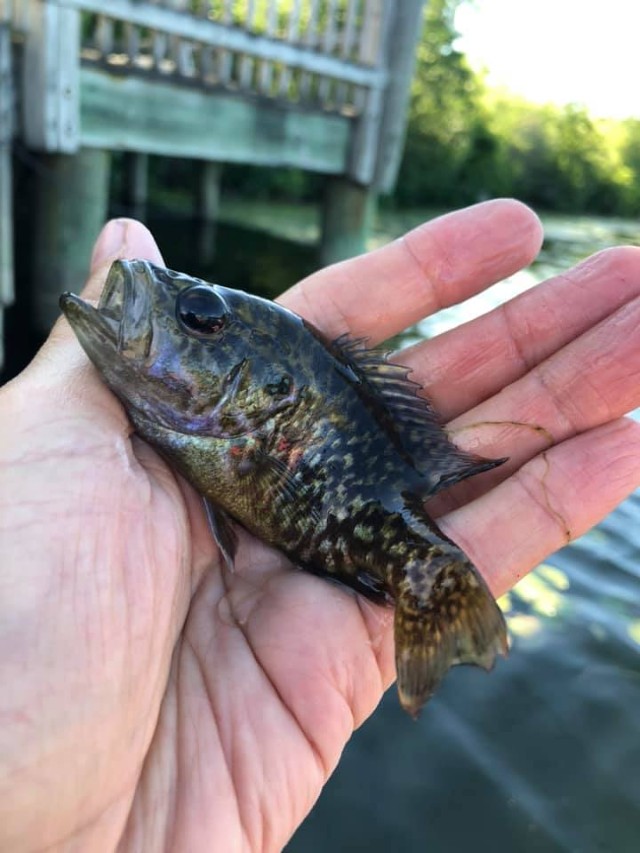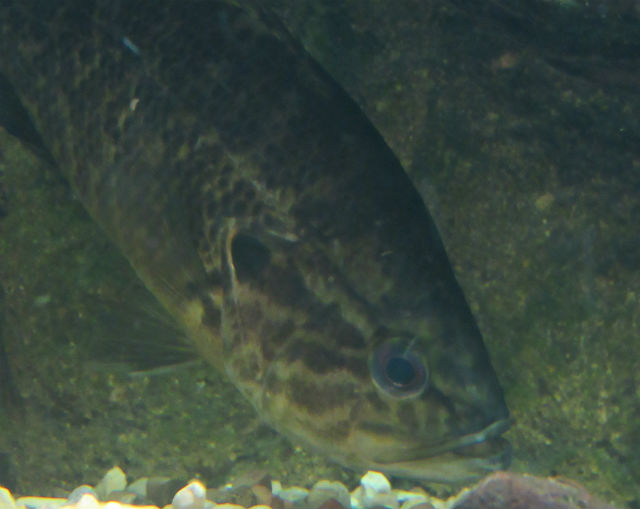
I saw this fungi while visiting Hinckley Reservation, also occasionally known as the Lawyers Wig, this is a distinctive and simple to recognize mushroom. It’s size, texture and shape make it easy to spot even from considerable distance. They are often seen growing on lawns, along gravel roads and waste areas in Summer and Fall. They may grow singly or scattered, but are often in large, tightly packed groups.
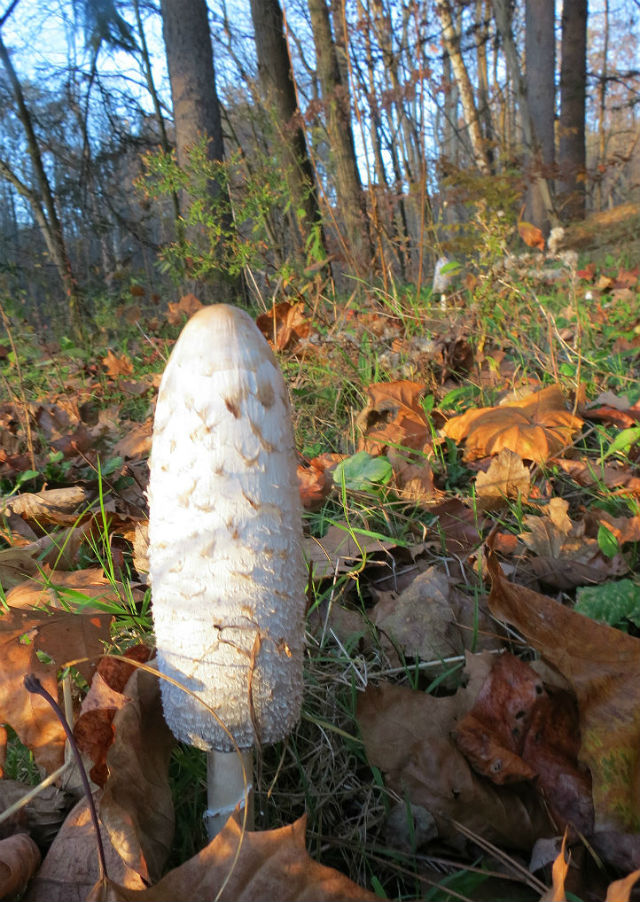
Shaggy Mane has an elongated, bullet-shaped, shaggy cap, with brownish upturned scales and a straight fairly smooth stem. The white caps are covered with frilled scales, creating the origin of the common name of this fungus.
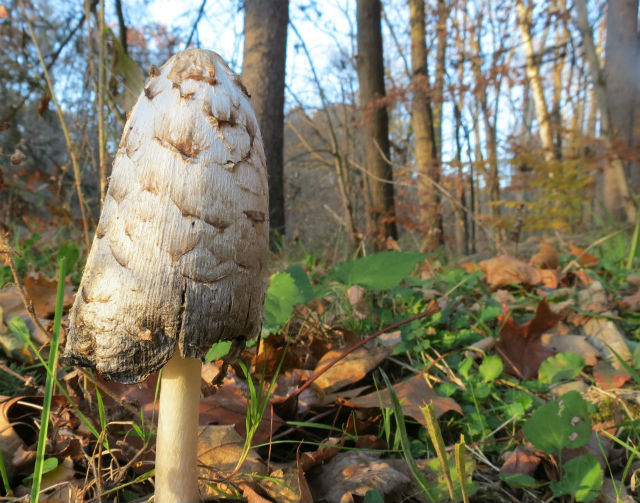
This mushroom is known for its unique robust flavor. Shaggy Manes can also be used for dyeing wool, some types of fabric, or paper and will yield a bayberry color when cooked in an iron pot.
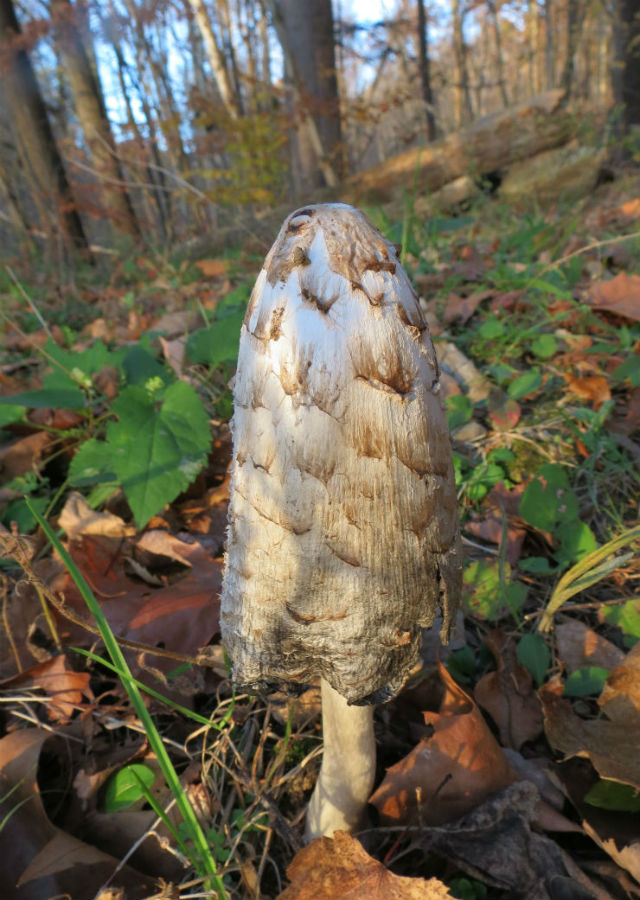
Mushrooms and other fungi are one of the most important groups of organisms on the planet. This is easy to overlook, given that most of the organism is largely hidden. The fruiting body (mushroom) is all you see of a vast network of thread-like structures hidden from view deep the soil, wood or other food sources.
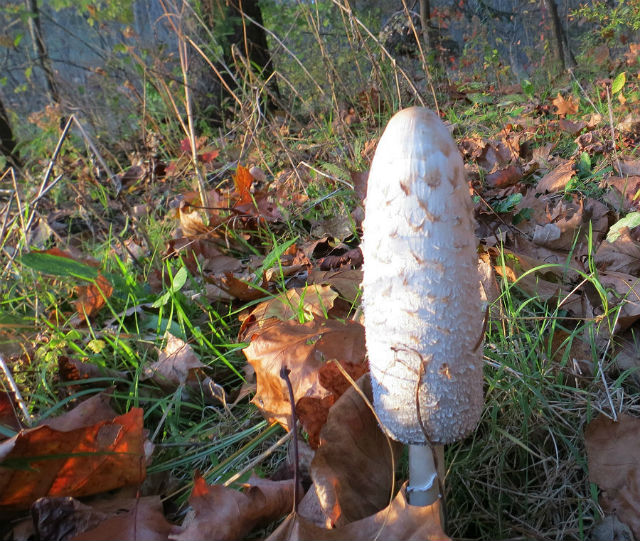
Fungi, together with bacteria, are responsible for most of the recycling that returns dead material to the soil in a form in which it can be reused. Unlike animals, that digest food inside their bodies, fungi digest food outside of their “bodies” and then absorb the nutrients into their cells.
Third Eye Herp
E-mail

